Sitting in between Annapurna’s peaks, Nar Phu Valley is an exotic place that will secure the hearts of all whoever goes there. When I reached there, I was immediately hit with its serene beauty. With its spectacular landscapes, jagged mountains towering over clear blue skies and traditional Tibetan style villages in lush green valleys, it is a dramatic place to view.
It wasn’t just another trekking destination; it felt as if it was beyond the world, built on history and culture.
Discovering the Rich History
As far as history over centuries is concerned, Nar Phu Valley has steeped in it. The valley derives its name from its two main villages, Nar and Phu, a checkpoint for traders and pilgrims to travel between Tibet and Nepal. This region has long been a central part of historical trade routes that served to exchange goods and cultural practices.
It’s a place but also a representation of a unique aspect of life in Nar Phu Valley. Nar is a place where locals grow barley and potatoes, while Phu is famous for its culture and artistry. Traditional crafts are especially favored by the inhabitants of Phu, particularly in weaving fine woolen textiles and making top notch pottery.
The valley can not be ignored with regard to its historical importance. Basically, the local culture is mainly Tibetan, as it has been influenced over centuries with the nomadic tribes and traders.
I had the feeling of deep spiritual resonance in the Nar Monastery, an ancient place settled since the 11th century. The monastery houses exquisite Thangka paintings, and is the center for spiritual learning that attracts monks and pilgrims.
The Meaning Behind the Name
The name Narphu comes from the two villages it is made of. Nar, at greater altitude, is famous for its beautiful landscape and old Buddhist monasteries, while Phu, with its wealth in agriculture, has warm welcoming for inhabitants. Taken together, they are the heart of Nar Phu.
The naming itself struck me because it represents the people’s identity. It’s a bridge between cultures, with Tibetan Buddhism thriving next to the farmers that nourishes the local population.
The First Climbers and the Valley’s Growing Popularity
Nar Phu Valley Trek is fast becoming a hidden gem among trekkers, unlike the crowded Annapurna Circuit. Despite the lack of records about the first climbers, adventurers have been flocking to the region since it was open to trekkers in 2003. The valley is remote enough to give trekkers the solitude, usually amid unspoiled nature far from the usual tourist track.
The Valley is growing popular due to its untouched beauty and cultural attraction. Despite this better connectivity, many trekkers are still inclined towards experiences beyond travel that connect with local traditions, such as attending a very significant festival like Losar, the Tibetan New Year. Lively celebrations mark this festival, and in doing so, the visitors will have an opportunity to experience the culture in full immersion.
The Trekking Experience | A Journey Through Nature and Culture
When I set off from Koto, the gateway to Nar Phu, I was feeling excited. While the trek can take as long as 12 to 18 days, depending on how quickly you can trek and what aspects of culture you want to experience, the route follows like a story as you walk through stunning landscapes and enjoy rich cultural experiences.
Starting out with some gentle ascents up lush forests, the trail takes you to alpine meadows with all kinds of wildflowers. Every day brought new vista, from rolling hills to sheer cliff faces, and the majestic Annapurna Circuit with Nar Phu valley at a distance. The trek was exhilarating due to the physical challenges involved.
A great number of steep climbs were involved to test my endurance, and if not for altitude and weather, the feeling of achievement one gained reaching each summit would not have been as significant. It was a worthy effort every ounce of which was made worthwhile by the stunning views and a deep connection to the landscape.
Further down the valley I saw local villagers going about their daily lives. Seeing farmers in their fields, children playing and artisans working in their streets reminded me of the resilience of the community. The locals did not feel like random people on the street to be ignored. I started engaging them and hearing their stories and that changed my trip from a trek to a profound cultural exchange.
Flora and Fauna | The Valley’s Natural Treasures
What makes the place so special is the incredible biodiversity. Plant and animal life are rich in their diversity at the changing altitudes and climates. All the ecosystems illustrate the ecological significance of the valley from dense rhododendron forests to high altitude alpine meadows.
During my Nar Phu Valley Trek, I was also lucky to see some bird species, including the Himalayan monal, Nepal’s national bird and the uncommon Snow Pigeon, which is endemic to the region. Locals have pledged to protect those natural treasures.
Fragile ecosystems, such as designated conservation areas and farmers practicing sustainable practices in order to lower overgrazing, are protected with community led activities. The focus of these efforts is to protect the valley’s delicate nature that supports wildlife and human life.
Cultural Encounters | Living the Local Life
Cultural encounters are what really made Nar Phu Valley Trek special for me. The hospitality and warmth of the local people was imprinted into me. Upon arriving in Phu, I was invited into a family home to eat. The smell of traditional Tibetan food like momo (dumplings filled with meat or veg), and thukpa (a tasty noodle soup), hung in the air. Dinner let me hear stories that told me about their customs, challenges and hopes for the future.
Life in Nar Phu is rich with festivals and I was able to attend a local celebration called Chhewar, a sort of rite of passage for young boys. Location of the celebrations included lively dances with costumes in brilliant colors, community feasting on suppers of sel roti (sweet rice donuts), gundruk (fermented leafy greens) and more, and happy gatherings featuring the culture of the community.
The preservation of cultural identity is an important aspect of social bonding, and it allows your community to get together in celebration and support.
Preparing for the Adventure of a Lifetime
The Nar Phu Valley Trek needs extensive planning. The key to it is managing to secure the needed permits, Annapurna Conservation Area Permit (ACAP) and the Nar-Phu Special Permit.
These permits are crucial for several reasons. First, they contribute to conservation, as you are in the Annapurna Circuit with Nar Phu Valley. They also protect the unique culture of Annapurna local communities, ensure the safety and management of the Annapurna region, and regulate tourist flow. Those fees are used for environmental protection and sustainable tourism.
The trek is high elevation with a fair amount of elevation gain and this requires a good level of physical fitness. I was building endurance in the weeks leading up to my trek, working out with my cardio and hiking. There was also the fact that I packed the right gear and in particular, sturdy hiking boots to layers of clothes in case the weather made a sudden change.
Reflections on a Transformative Journey
Looking back after making my way out, I could not help but think of the way this trek was transformational. The immersion in the stunning landscapes, engaging with the beautiful rich cultural experiences, the magnificence of the local communities all conjured up an experience of beautiful memories I will always hold close. The trekking isn’t the only thing to happen in this valley, this is a place of great people and gratifying landscape.
Nar Phu valley is indeed a part of heaven on earth mainly because it brings together action, culture and serenity. The Nar Phu Valley Trek offers a colorful and authentic experience of the Himalaya, for any traveler.

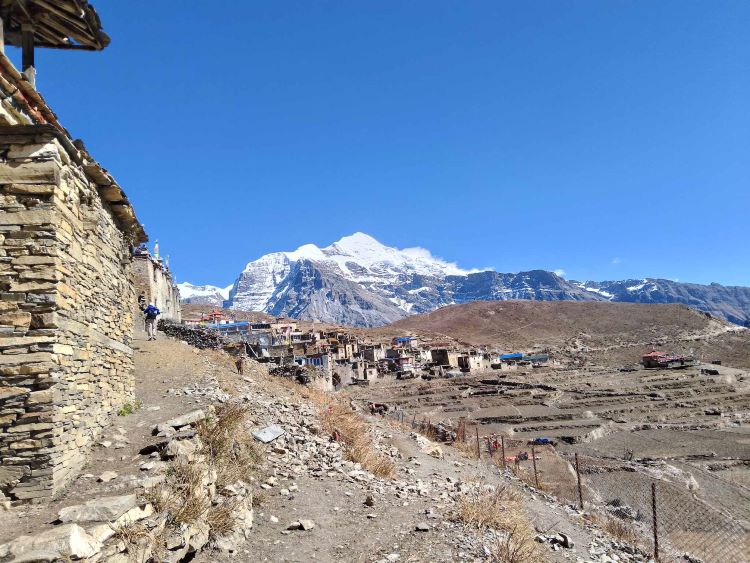
 Saturday, August 30th, 2025
Saturday, August 30th, 2025
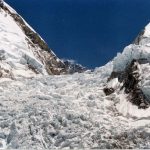 Wednesday, August 27th, 2025
Wednesday, August 27th, 2025
 Wednesday, August 20th, 2025
Wednesday, August 20th, 2025
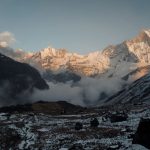 Wednesday, August 20th, 2025
Wednesday, August 20th, 2025
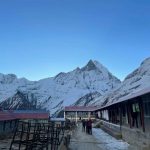 Wednesday, August 13th, 2025
Wednesday, August 13th, 2025
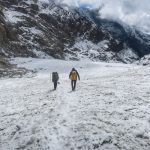 Wednesday, August 6th, 2025
Wednesday, August 6th, 2025
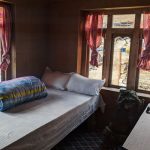 Monday, July 7th, 2025
Monday, July 7th, 2025
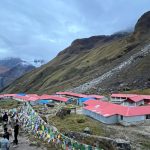 Thursday, July 17th, 2025
Thursday, July 17th, 2025
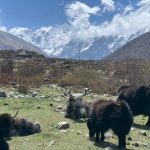 Monday, July 7th, 2025
Monday, July 7th, 2025
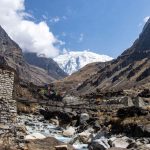 Friday, May 9th, 2025
Friday, May 9th, 2025
 Saturday, June 14th, 2025
Saturday, June 14th, 2025
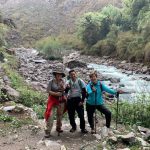 Wednesday, June 25th, 2025
Wednesday, June 25th, 2025
 Tuesday, August 5th, 2025
Tuesday, August 5th, 2025
